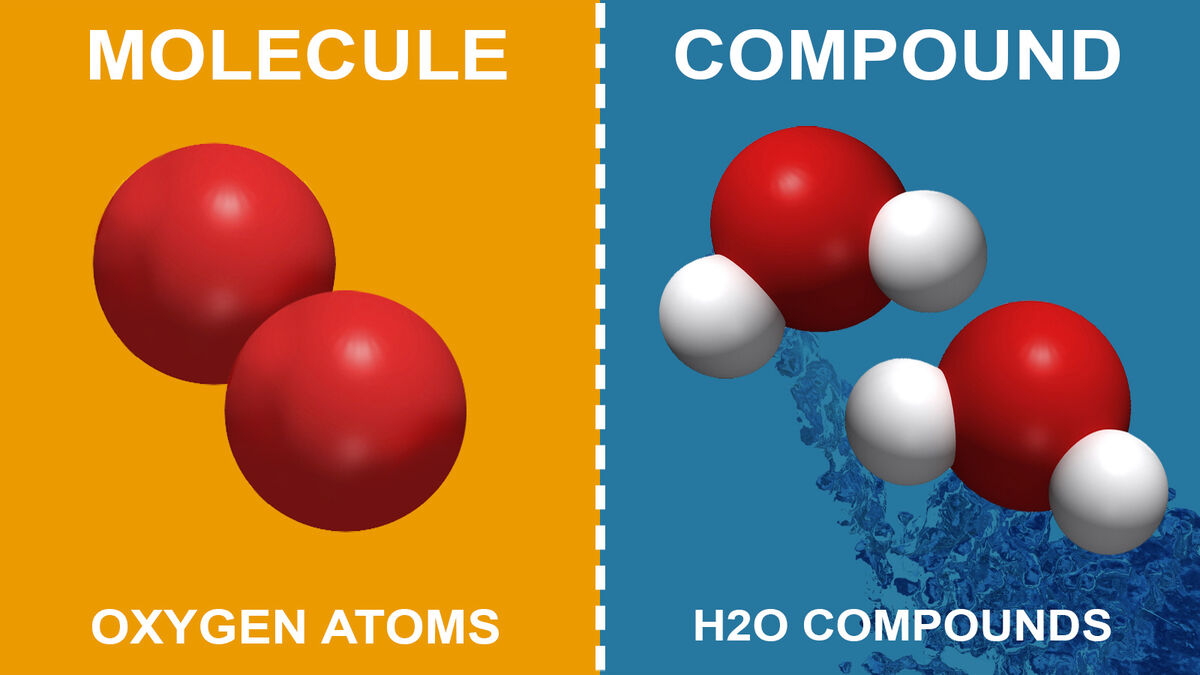
In the realm of chemistry, the concept of solubility presents an intriguing enigma: why do some compounds dissolve gracefully in water, while others resolutely resist? This issue becomes even more fascinating when we consider the implications for both theoretical study and practical application. Have you ever pondered which specific compounds are insoluble in water? Let’s embark on a detailed exploration of solubility rules, featuring some captivating examples that exemplify these rules.
Understanding solubility is not merely an academic exercise; it’s a fundamental aspect of chemical behavior with far-reaching implications in fields such as pharmaceuticals, environmental science, and materials engineering. At its core, solubility refers to the maximum amount of a solute that can dissolve in a solvent at a given temperature and pressure. Water, often called the “universal solvent,” is particularly significant due to its role in countless chemical reactions and processes.
To navigate the complexities of solubility, chemists utilize a set of solubility rules, which provide a robust framework for predicting whether a compound will dissolve in water or remain stubbornly solid. Let’s dissect these fundamental rules.
1. Sodium and Potassium Salts: Compounds that include sodium (Na⁺) or potassium (K⁺) ions generally dissolve in water. This rule extends to their respective hydroxides and nitrates. Thus, you can rest assured that sodium chloride (NaCl), commonly known as table salt, will dissolve readily.
2. Alkali Metal Compounds: Similar to the preceding rule, compounds containing alkali metals (Li⁺, Na⁺, K⁺, Rb⁺, Cs⁺) are usually soluble. This is crucial for understanding many biochemical and industrial processes.
3. Ammonium Compounds: Ammonium (NH₄⁺) salts are also typically soluble. For instance, ammonium sulfate ((NH₄)₂SO₄) can easily dissolve in aqueous solutions. Their solubility has important implications for fertilizers and biological systems.
4. Nitrates, Acetates, and Chlorates: Salts containing nitrate (NO₃⁻), acetate (C₂H₃O₂⁻), or chlorate (ClO₃⁻) ions are generally soluble. Consider sodium nitrate (NaNO₃), often used in preservation processes for foodstuffs.
While these rules help predict solubility, exceptions persist, particularly when exploring which compounds resist solvation in water.
5. Compounds with Sulfate Ions: While many sulfate compounds (SO₄²⁻) are soluble, exceptions exist. Barium sulfate (BaSO₄), lead(II) sulfate (PbSO₄), and calcium sulfate (CaSO₄) are notable examples of compounds that are insoluble or only slightly soluble in water. These compounds challenge the general solubility rule and require careful consideration in analytical chemistry.
6. Carbonates and Phosphates: The carbonates (CO₃²⁻) and phosphates (PO₄³⁻) of most transition metals are predominantly insoluble. For instance, calcium carbonate (CaCO₃), often found in limestone, does not dissolve in water, highlighting the importance of recognizing such exceptions in geochemical processes.
7. Hydroxides: While alkali metal hydroxides (such as NaOH or KOH) are soluble, many metal hydroxides, including aluminum hydroxide (Al(OH)₃) or iron(III) hydroxide (Fe(OH)₃), are insoluble. This characteristic plays a significant role in processes like precipitation reactions and wastewater treatment.
8. Transition Metal Salts: Compounds formed with transition metals exhibit diverse solubility characteristics. Compounds such as silver chloride (AgCl), lead(II) chloride (PbCl₂), and mercury(I) chloride (Hg₂Cl₂) are notable examples of insoluble salts that challenge solubility norms.
So, where does this plethora of knowledge leave us in our exploration? As a chemist, discerning solubility is not simply a matter of memorizing rules; it involves a nuanced understanding of molecular interactions. The solubility of a compound hinges not only on its ionic composition but also on the structural and electronic properties of both the solute and solvent.
Moreover, the implications of solubility extend beyond the confines of a laboratory. For instance, the insolubility of certain compounds severely limits their applications in various fields. While insoluble compounds may be problematic in certain scenarios, they also provide opportunities for chemical innovation. Consider their roles in materials science; insoluble compounds often serve as pigments or as solid-state electrolyte materials in batteries, presenting unique advantages.
In summary, possessing a foundational understanding of solubility rules is essential for any chemist. Not only do these rules aid in predicting the behavior of chemical compounds in diverse environments, but they also serve as a guide for navigating the intricacies of chemical interactions. As we continue to probe the molecular world, we may find ourselves repeatedly asking the question, “Which compound is insoluble in water?”—a query leading us on a continuous journey of discovery and understanding in the ever-evolving landscape of chemistry.
